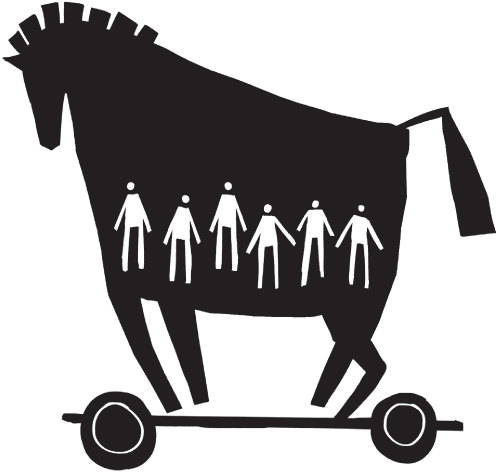9Asymmetrical Thinking

We are living in asymmetric times.
The threats and opportunities that will shape our future, even our immediate future, are likely to seem so small in the present that they are difficult to identify. Their importance now is not equal (or symmetrical) to their size later.
The cover of The Economist's “World in 2017” issue, published in December of 2016, was a collage of all the world figures that the magazine's expert staff believed would shape the coming 12 months. Notably absent was the man who would win the U.S. presidential election and upend the world, Donald Trump. If I'd been designing the cover of that issue (and been able to see the future), I'd also have put the Twitter logo somewhere in the mix of recognizable faces.
Who would've guessed that a former reality TV star and a single social media platform would shape the destiny of hundreds of millions of people? What seemed at first absurd became unthinkable, then merely unlikely, then everybody's new reality.
A quote comes to mind from one of my favorite writers, Julio Cortazar: “Only by living absurdly is it possible to break out of this infinite absurdity.”
Unless we learn to regularly sweep the horizon for threats and opportunities that are still small and refrain from dismissing them for seeming too weird or improbable, then we're likely doomed to be surprised by the future instead of prepared ...
Get The Strategic Storyteller now with the O’Reilly learning platform.
O’Reilly members experience books, live events, courses curated by job role, and more from O’Reilly and nearly 200 top publishers.

